“Why do you have baking pans in your car?,” my friend asked me.
She was observing the small metal baking pans tucked in the back pockets of the front seats.
“I couldn’t find plastic trays that fit in the pockets,” I replied.
That really didn’t answer the question, did it? My family used trays to avoid spilling food on the seats or floor of our car when we ate in the vehicle. I looked for plastic trays but they were all too large to fit in the pockets. Small cookie sheets were a good substitute.
During the early days of the pandemic, my husband and I picked up food to eat in our car or bring home. We put many miles on our vehicle during the early months of the pandemic.
We liked to see some other scenery outside of our home. While my husband drove, I arranged the food in their wrappers on our trays.
We found a spot with a small herd of deer, and we visited them regularly. Sometimes the deer walked right up to our parked vehicle. No, the deer didn’t get to sit in the backseat and enjoy a snack on a tray. Our car is too small for that.
Most families had options when many dine-in restaurants closed during the early pandemic. We could have opted for takeout, meal delivery, grocery delivery, or cook-it-yourself meal kits mailed to your home.
When the pandemic began, most restaurants closed for a while. Some restaurants only allowed takeout and others had drive-through windows. Unfortunately, some restaurants closed permanently due to loss of revenue and staffing challenges.
According to the National Restaurant Association, the restaurant industry lost $280 billion in sales during the first 13 months of the pandemic. Millions of workers lost their jobs either temporarily or permanently. Others did not return to food service work.
Life has shifted in many ways during the past two years, including how we obtain our food. Fortunately, the coronavirus is not spread through food, according to the U.S. Food and Drug Administration. The virus primarily spreads through tiny droplets in the air through close contact with people.
Most of us enjoy eating food prepared outside of our home, at least on occasion, and we need to follow safe food handling recommendations. The Partnership for Food Safety Education (PFSE) recently launched Prep Yourself, a national campaign on handling delivered food safely.
Here are some key messages from the campaign for all of us to consider when using food delivery services. Most of these tips apply to take-out food also:
- Before ordering, ask questions. What are the company’s safety standards? How do they respond if the product is delivered at an unsafe temperature or if it appears that tampering has taken place?
- Be sure that someone is home when the food is delivered so the food can be stored properly in the refrigerator. If no one will be home, be sure to establish a safe place that is cool, shaded, and protected from pests.
- Encourage family members and guests to wash their hands for 20 seconds with soap and water before handling and eating food. If soap and water aren’t available, use an alcohol-based hand sanitizer that contains at least 60% alcohol.
- When the food is delivered, the responsibility for safe handling becomes your responsibility. Look for stickers on perishable foods that say “Keep refrigerated” or “Keep frozen” and then follow the recommendations.
- Handle the delivered food safely. If the food is fully cooked, serve it right away or keep it hot in an oven or preheated slow cooker. Cook, refrigerate, or freeze raw foods as soon as possible. Be aware of the “danger zone” (40 °F to 140 °F). Food should be kept cold (below 40 °F) or hot (above 140 °F).
Whether it’s cooked at home or at a restaurant, my family enjoys food from around the world. We love these Slow Cooker Chipotle Carnitas, a typical dish of Mexican cuisine. This recipe includes food safety prompts from the Safe Recipe Style Guide — and it’s downloadable in Spanish language!
“Carnitas” is the Spanish word for “little meats.” Remember to wash hands with soap and water after handling raw meat.
Your family will enjoy this spicy, slightly sweet, and savory dish. Add your favorite fresh toppings, like cilantro, avocado & a squeeze of lime for freshness!

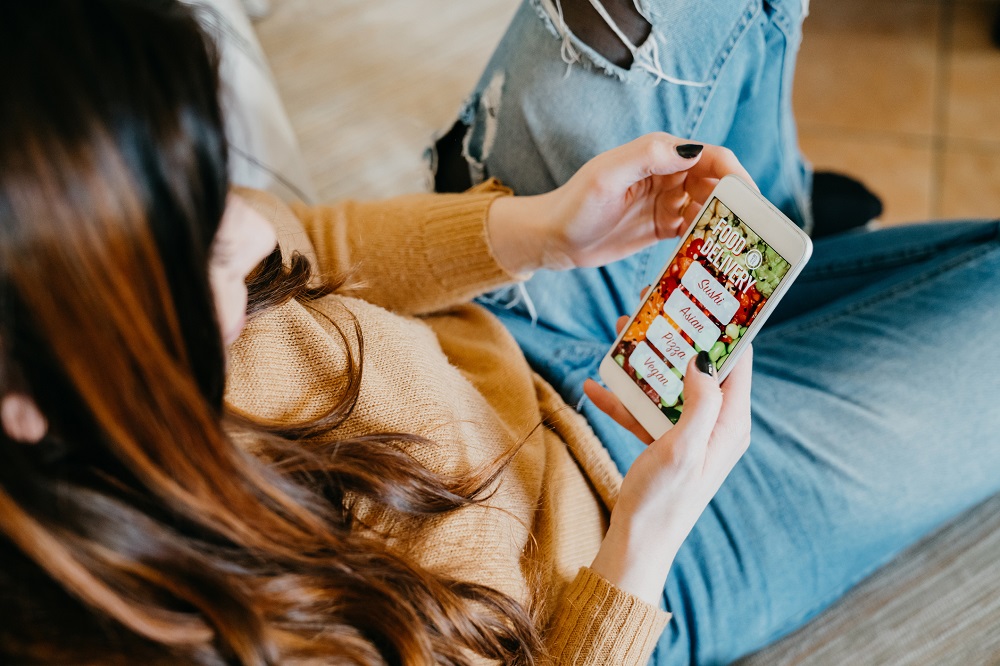
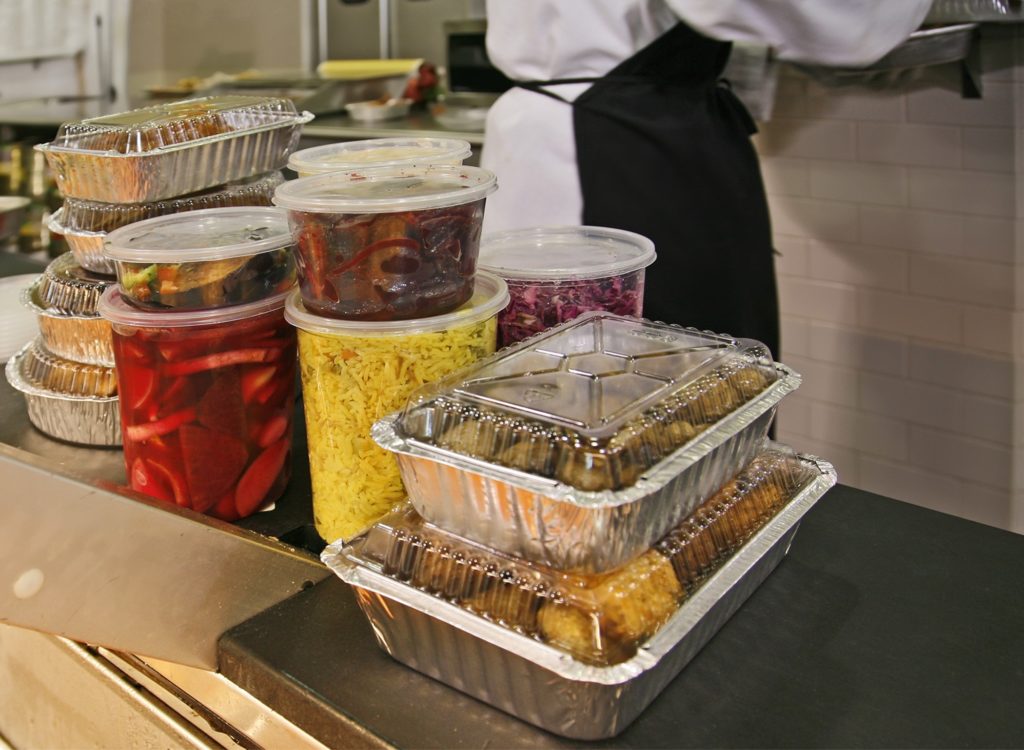
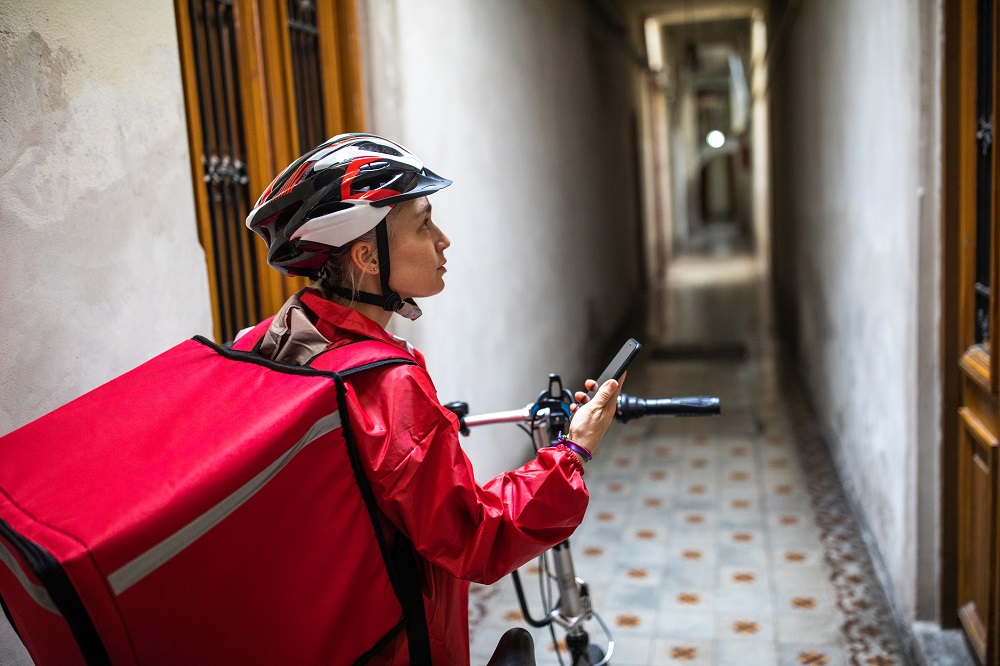
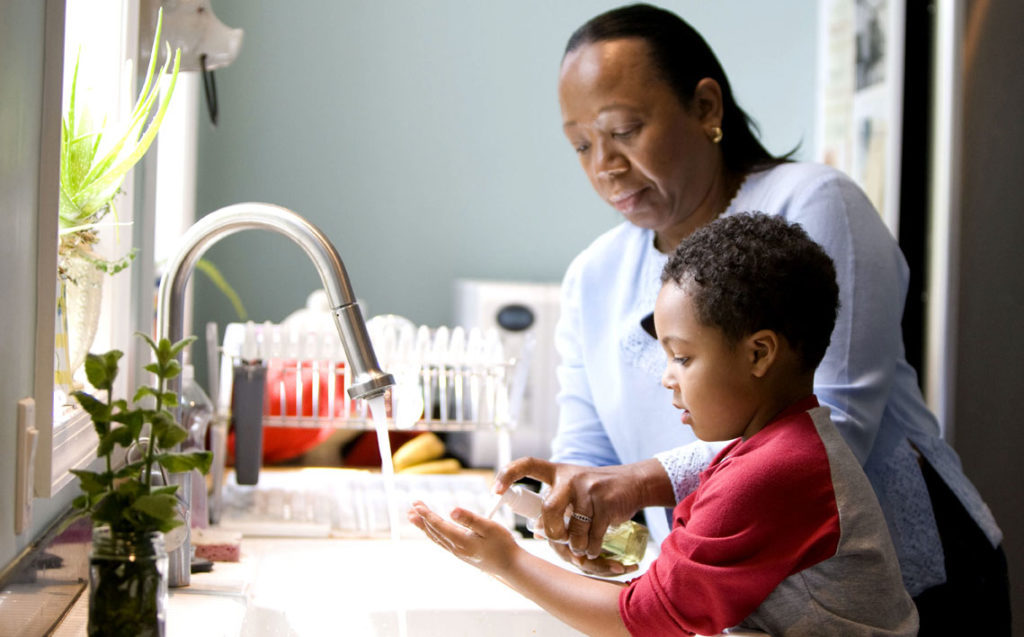
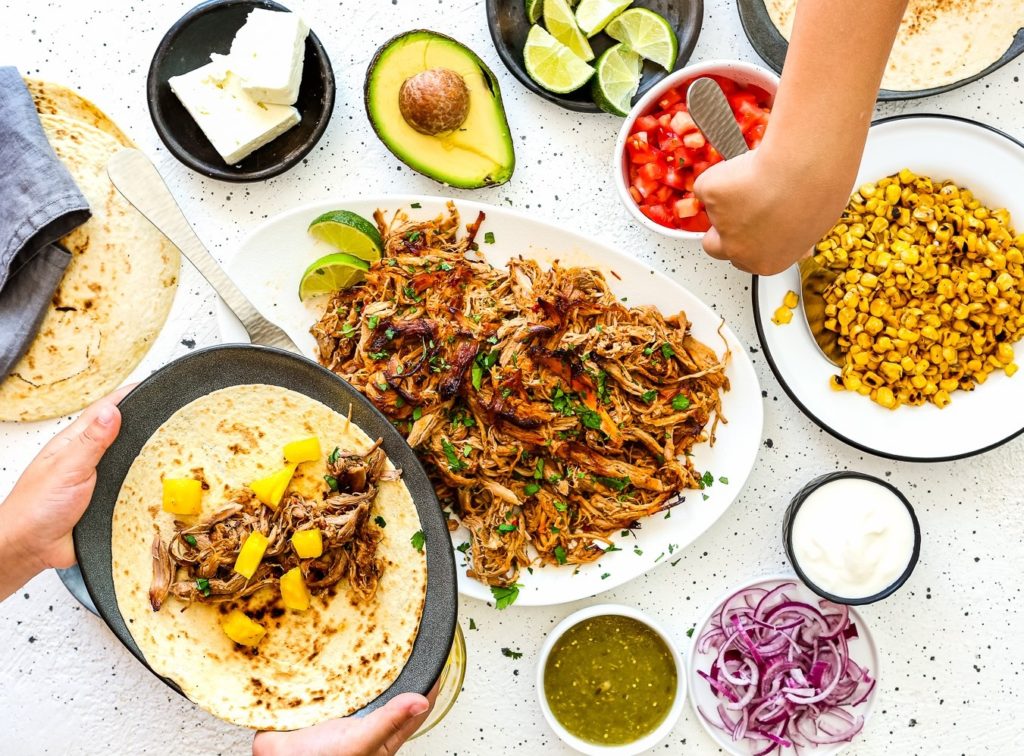
Dr. Julie Garden-Robinson, R.D., L.R.D., is a food and nutrition specialist and professor in the Department of Health, Nutrition and Exercise Sciences at North Dakota State University Extension. She can be reached at julie.garden-robinson@ndsu.edu.
** Reprinted from NDSU Agriculture Communication **